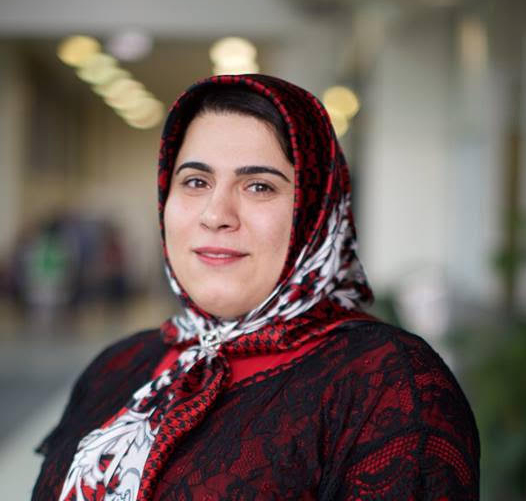Arabic numerals, which are what we here in Canada and the scientific community at large use to represent numbers, were a huge advancement over the roman numerals they replaced. Need proof? Try doing long division with roman numerals.
However, despite their suitability for grade four math problems, Arabic numerals do have some limitations when dealing with very large numbers. Writing numbers like 3, 27 and 549 are no sweat, even writing 550,765 and 1002 is a cinch. However, as numbers get bigger and bigger, writing them out becomes increasingly difficult.
Scientific notation
As any good microbiologist will tell you, your body contains billions upon trillions of bacteria. Often in microbiology, researchers are faced with the problem of representing numbers that are impractically large, in terms of writing in the standard format. For these situations microbiologists, along with scientists in many other disciplines, rely on a format called scientific notation (sn).
Sn is a simplified way of representing either very large numbers, or very small numbers, but for our purposes we will focus on the very large.
Perhaps the best example of sn at work is a number well known to chemists, called Avogadro’s number, or the number of atoms in one gram of hydrogen. This number is 602,000,000,000,000,000,000,000, however chemists abbreviate it as 6.02×1023, indicating that the number they are representing is 6.02 with the decimal moved to the right 23 places.
This might seem unnecessarily complex, but just ask any chemistry student which way they would rather write Avogadro’s number and I doubt you would find many willing to do it the standard way. But sometimes even sn isn’t compact enough for some applications.
For example, people who hunt for large prime numbers (numbers that are only divisible by one and themselves, such as 13) have found numbers with 12,978,189 digits, which is bordering on being impractical to represent with sn. Luckily there’s Knuth’s up arrows!
Knuth’s up arrow notation
Knuth’s up arrow notation (KUAN), named for the American mathematician Donald Knuth, works on the principle of multiplication and exponents. For example, the equation 4 x 3 essentially means that 4 is added to 4 three times, or 4 x 3 = 4 + 4 + 4. Exponents add another element of complexity, where 43= 4x4x4.
In KUAN, arrows replace the need for superscript, so 43 written with KUAN would become 4↑3. To represent larger numbers Knuth’s method adds arrows to generate the desired level of complexity. Two arrows (↑↑) is significantly different from a single arrow as it denotes a “tower” or a stack of numbers. 3↑↑2 is read as “two threes” and would be the equivalent of three to the power of three, or 33 (AKA 27,). 3↑↑3 would be read as “three threes,” or three to the power of three over three, or 7,625,597,484,987.
You can see how easy it is to generate massive numbers using just four characters with KUAN. The challenge comes with trying to find the right KUAN equation for the number you are trying to represent, and when the third arrow shows up, which broke my brain.
So there you have it; two methods for you to write large numbers with just a handful of characters — one relatively simple, the other mind-achingly complex to understand, let alone use.




